Is it a dress? Is it a jacket? Regency outerwear has long been an interest of mine. It is elegant and quite deceptive! What often looks like a lovely early 19th-century coat is more often than not, a form-fitting jacket referred to as a “pelisse.” It has been top of my list to write about for a while and since I could use something super pretty to share this week I am diving in.
The pelisse: keeping a Regency woman warm
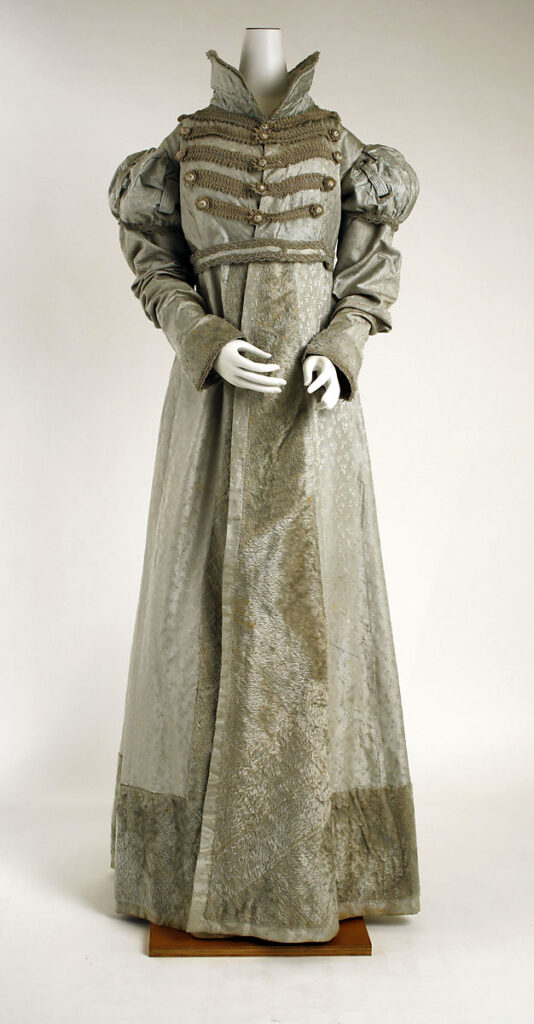
One reason I am so curious about the pelisse and Regency outerwear, in general, is that it is so strikingly different from outerwear worn by women for the rest of the 19th century and even to today. What is so unique about it is that it completely mimics the style of clothing worn underneath and is a perfect match for the silhouette of the Regency era. The outerwear of the time is such a match for the styles of the day that it can often be easy to miss them altogether, mistaking them for simply a thicker dress.
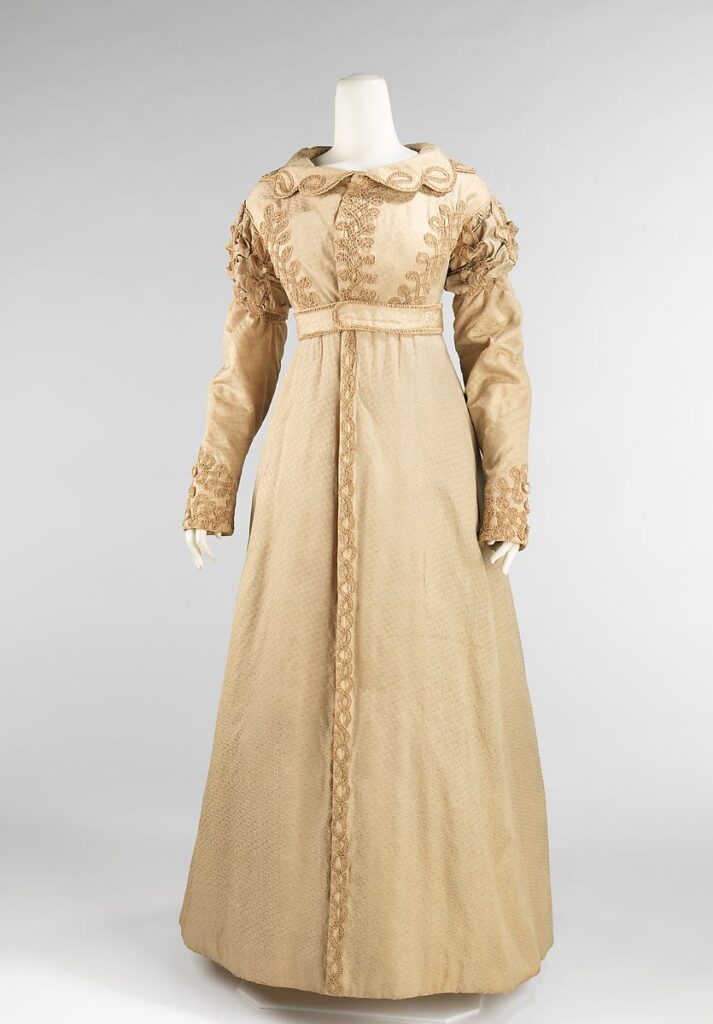
The pelisse was created in the image of the popular women’s wear of the time out of pure necessity. Two of the hallmarks of the empire waist gown were that it was a) made of extremely lightweight fabric and b) worn with very little underneath. Women of the time favored fashion over function and it is said that deaths related to freezing temperatures were not uncommon. This phenomenon became known as the “muslin disease.”
The truth about muslin disease and the actual number of deaths related to women’s insistence on putting their health and lives in danger is a hotly debated topic. Some call it a myth rooted in misogyny, similar to the still-prevailing myths surrounding corsets and tight lacing. What is known is that satire from the time did focus on lightweight dresses, indicating that they were at least a significant deviation from previous fashions.
Regardless, in order to stay warm wearing empire dresses, outerwear needed to hug the body. This is different, for instance, from Victorian outerwear, which was loose and designed to add an extra layer to a woman’s wardrobe but did not mimic the silhouette of the day.
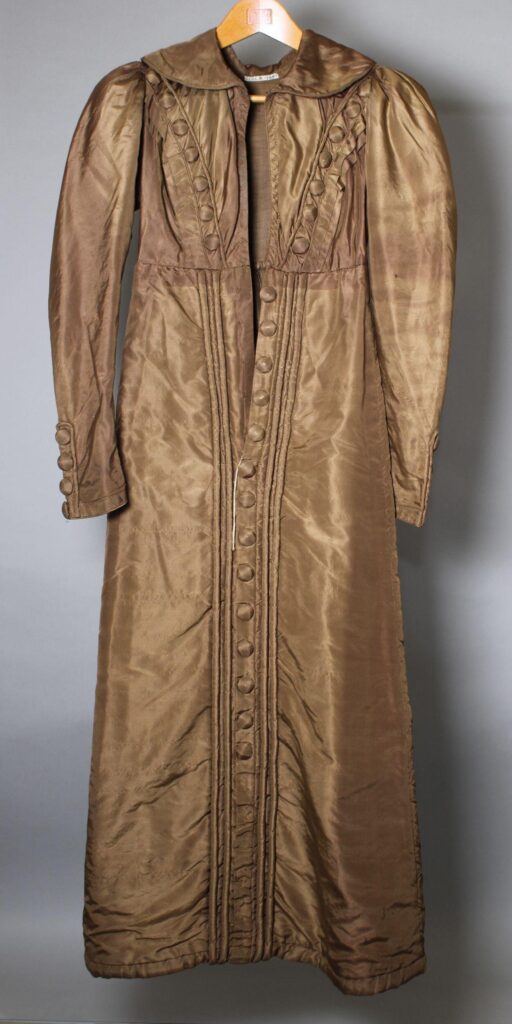
I, for one, think that Regency outerwear is absolutely striking!
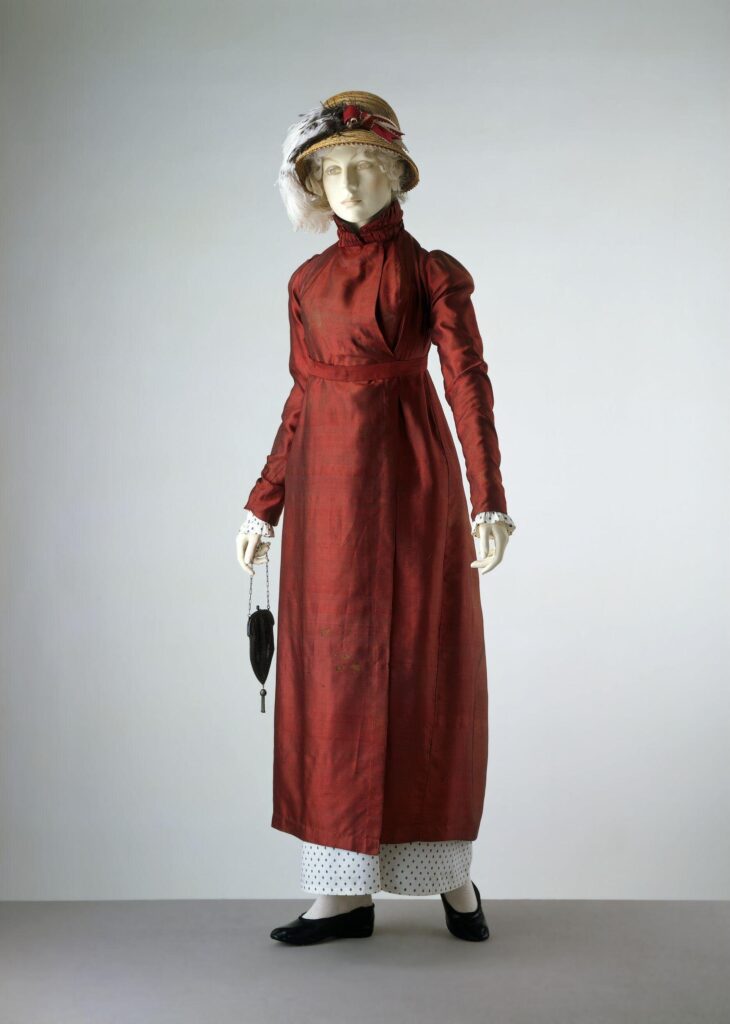
What would you like to learn more about? Let us know in the comments!
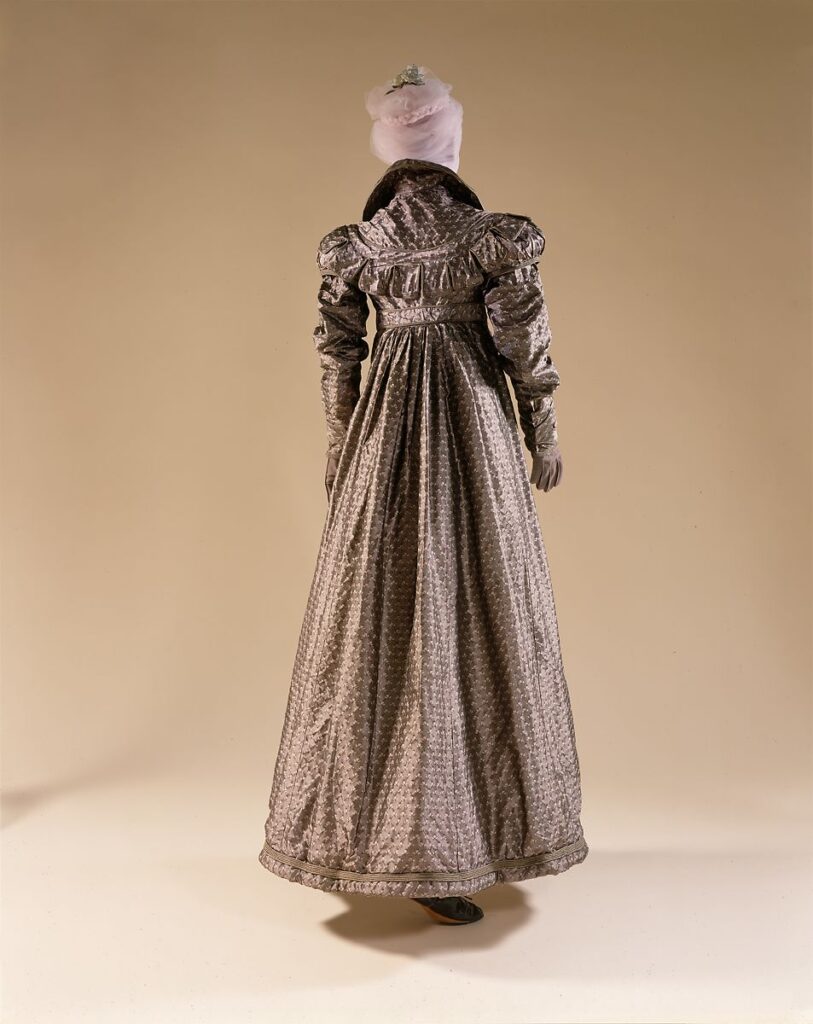
Looks can be deceiving!
Something that I have found fun when it comes to Regency clothing is telling the various women’s clothing items apart. Because they are all designed in the same silhouette and include a striking waistline, they can easily be mistaken for each other. So, which is which? We’ve looked at the pelisse, now let’s turn to its tricky look-alikes: the Spencer jacket, the Regency riding habit, and a Regency dress.
Spencer jackets
A Spencer jacket was cut to end or be tied at the popular empire waistline of the day. They had long sleeves, buttons running down the front, and often included military-inspired embellishments. What is often tricky is that they were sometimes made to be paired with a gown, especially for use for balls and other nighttime occasions. They, therefore, appear to be a pelisse.
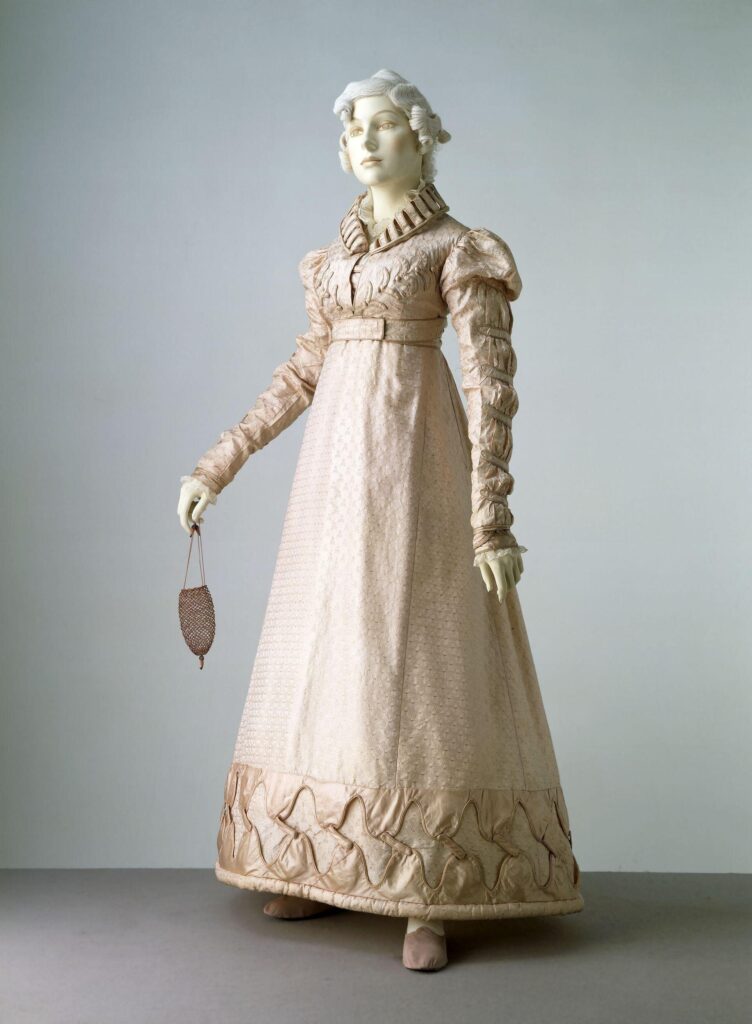
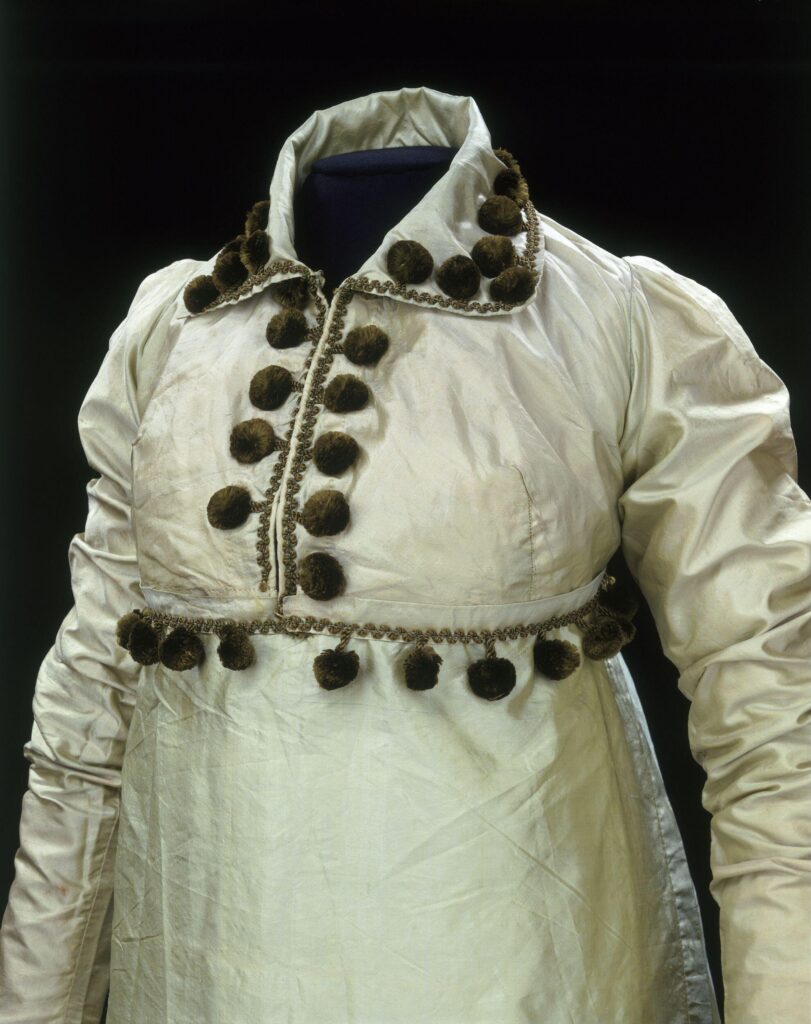
One way to tell the two jackets apart is to look at the button closure. A pelisse has buttons running down the skirt, whereas the buttons on a Spencer jacket end where the rest of the jacket does.
Read more about the Spencer jacket in our blog post: Want a Regency-inspired fall? Try a Spencer jacket.
Regency riding habits
This is a fun one to identify. Can you see what makes a Regency riding habit unique?
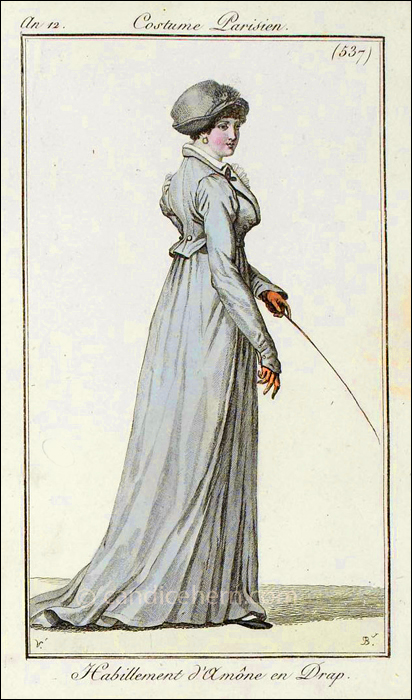
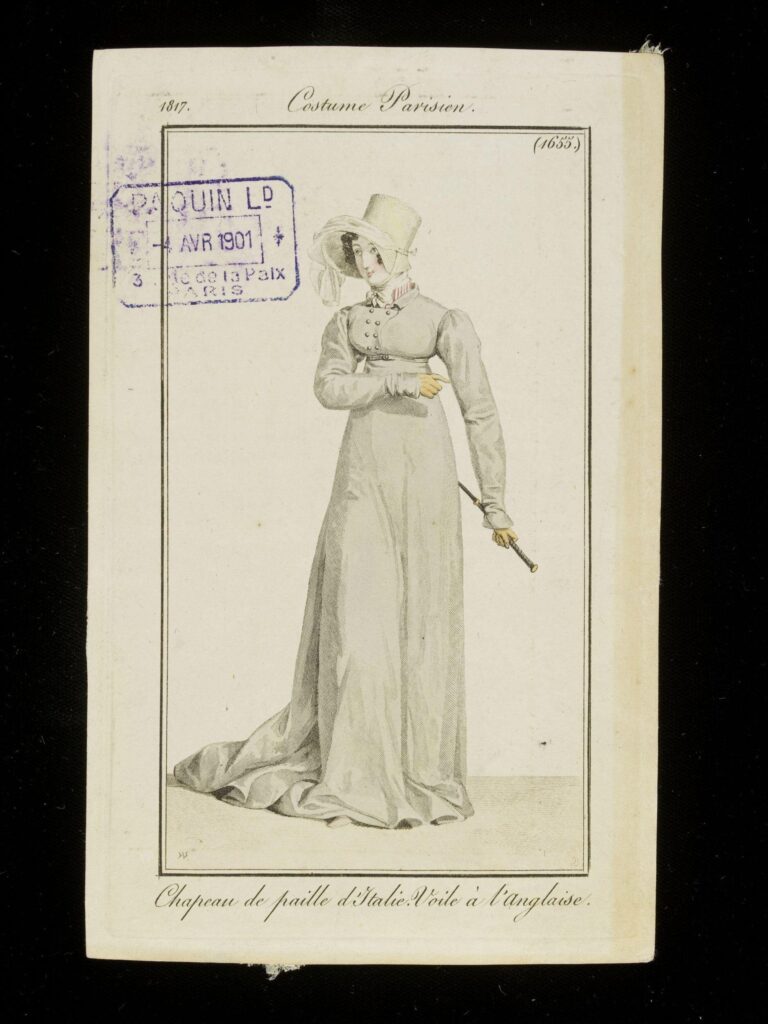
An early 19th-century riding habit consisted of a Spencer jacket and custom-made skirt. Whereas a pelisse and typical Regency dress had a skirt that hung straight without the use of pleats, riding habits had a plethora of pleats, gathered in the back. This allowed for a woman’s entire legs to be covered while riding side saddle and regardless of the amount of wind the day brought.
More Regency fun:
Are Bridgerton costumes Regency? Fashion historians weigh in
Before fashion magazines, there were fashion dolls

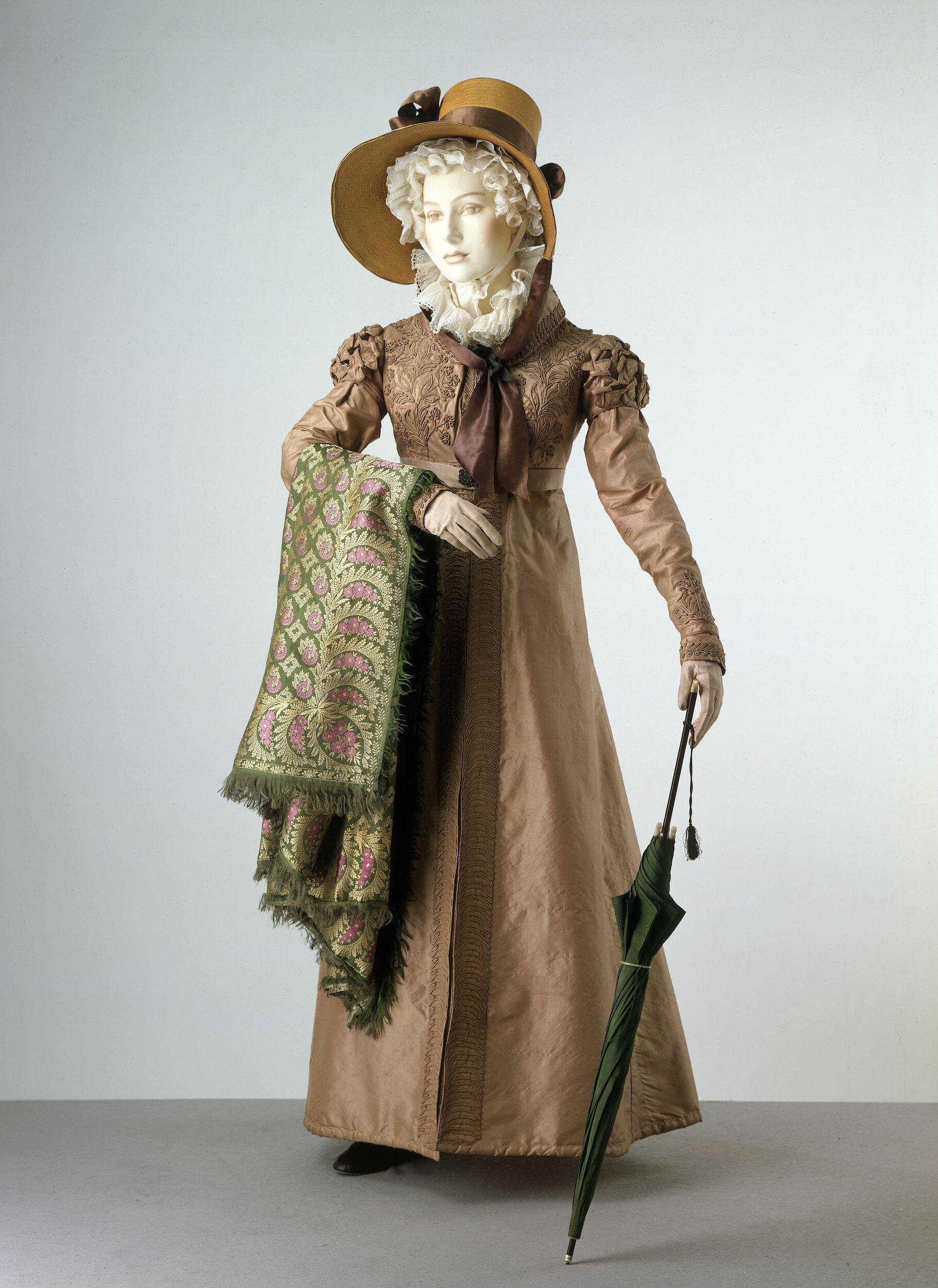
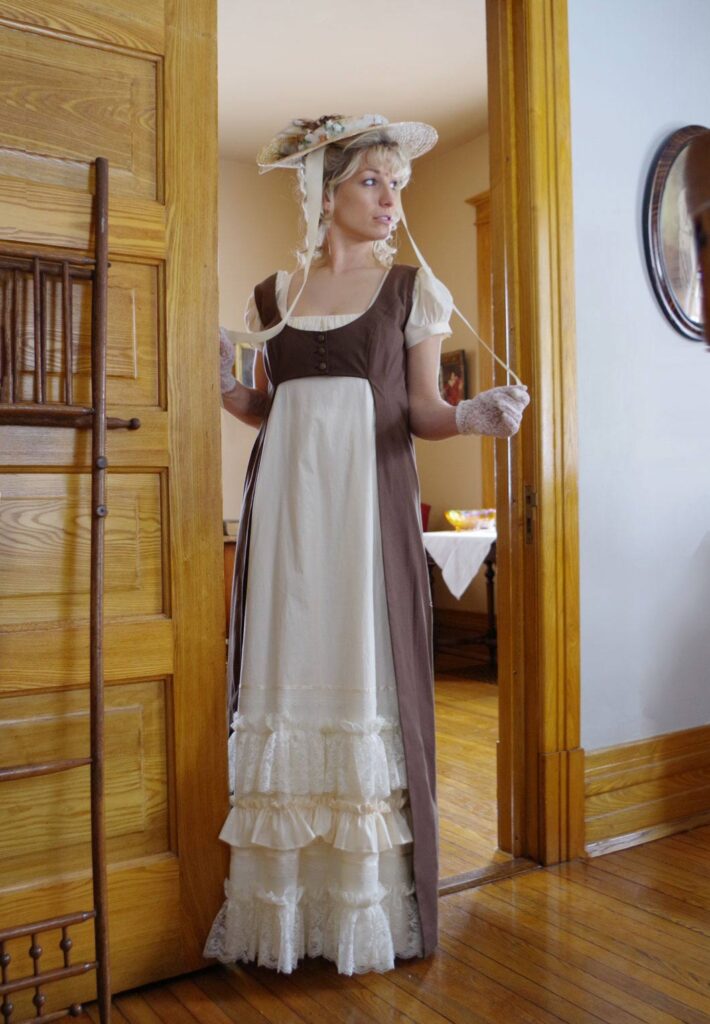
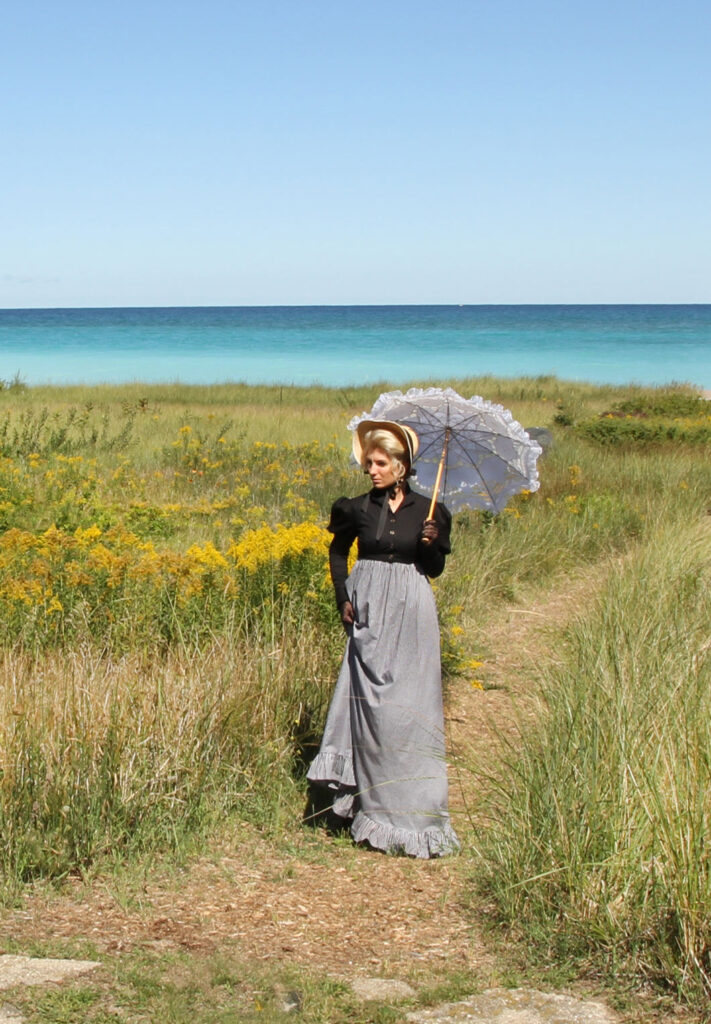
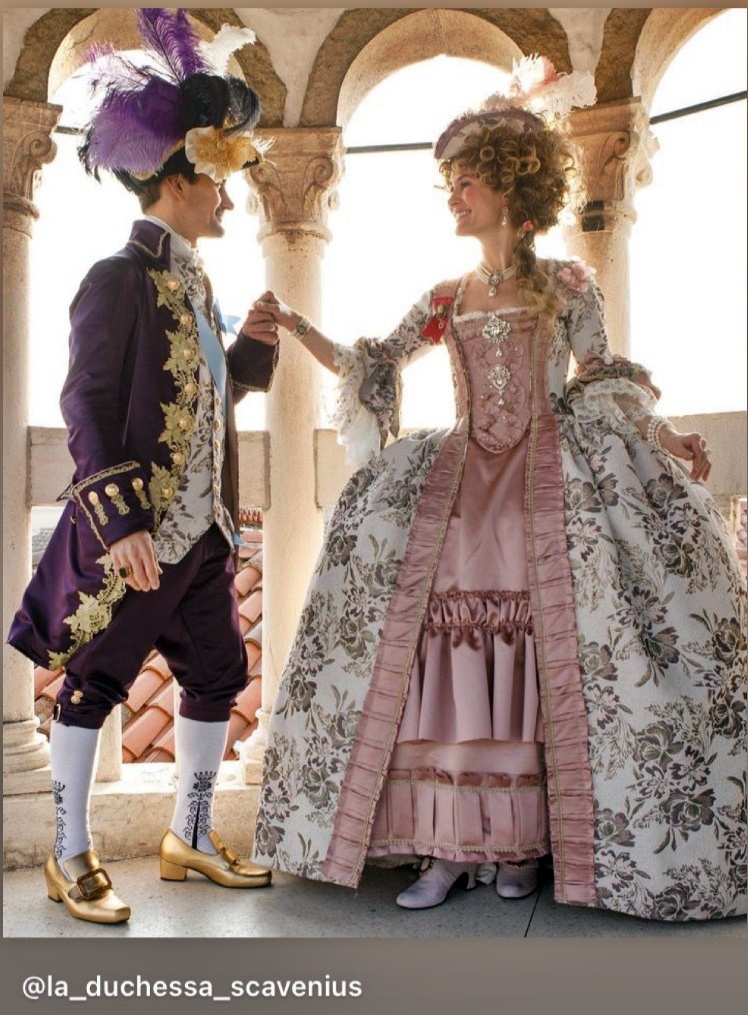
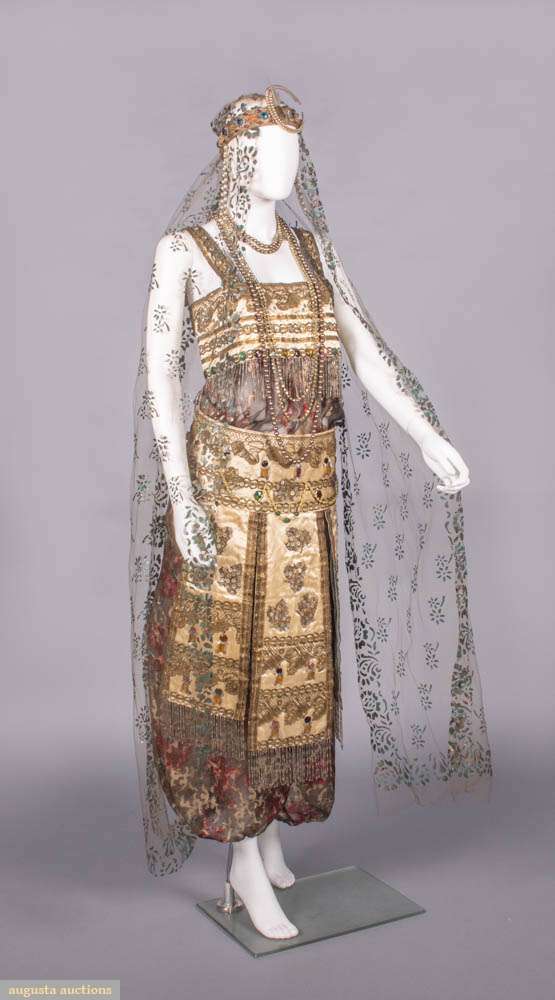







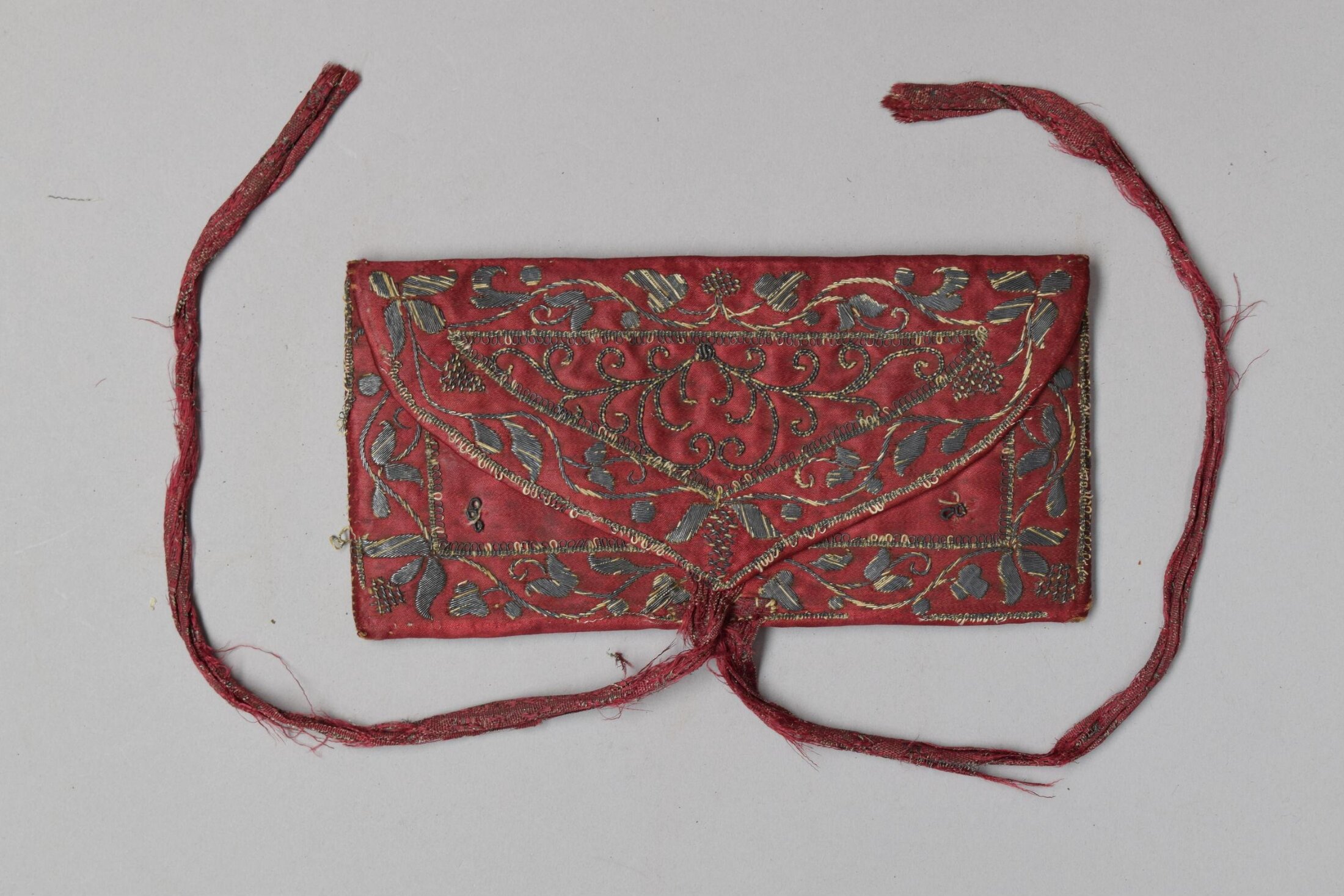
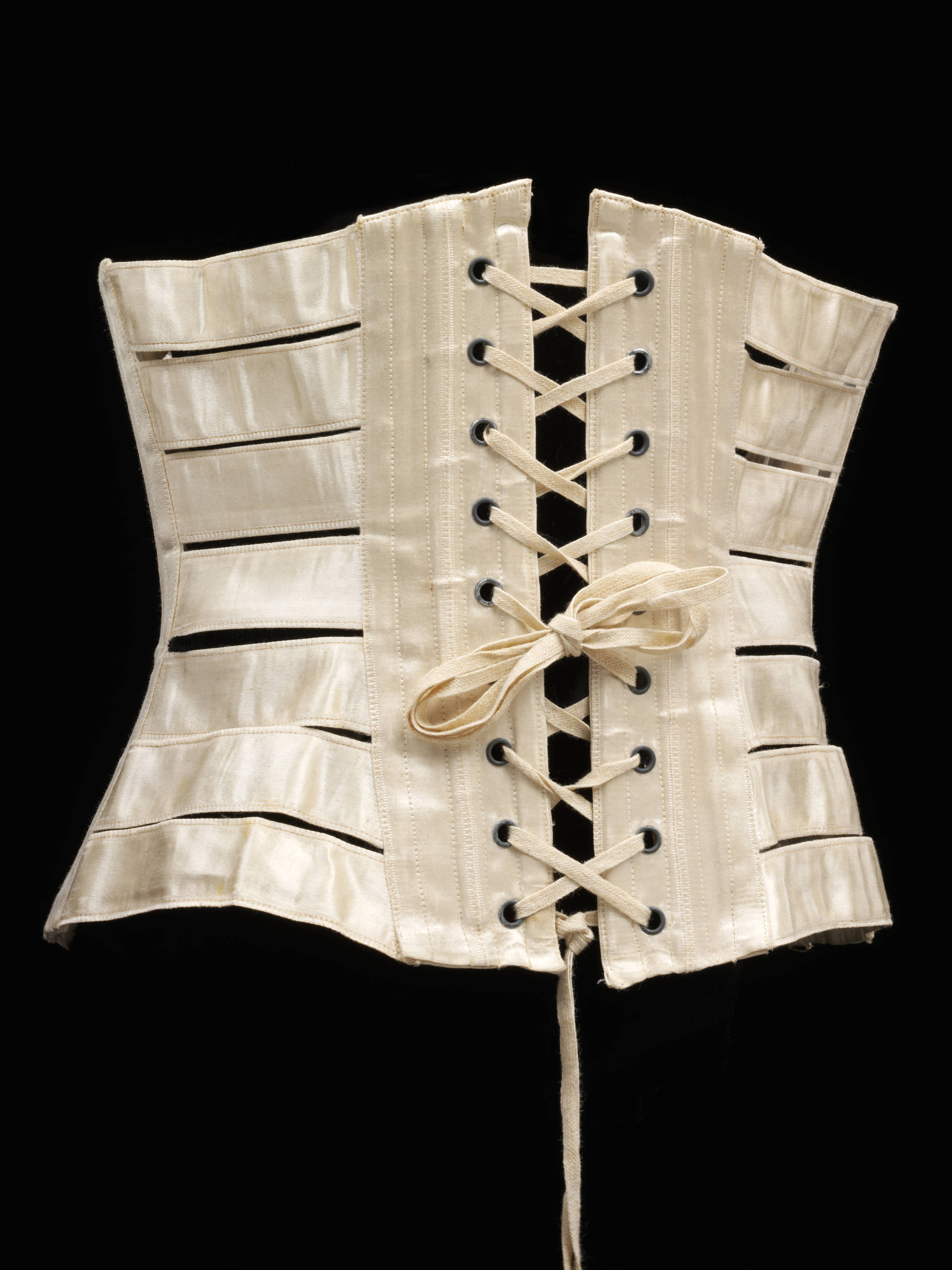
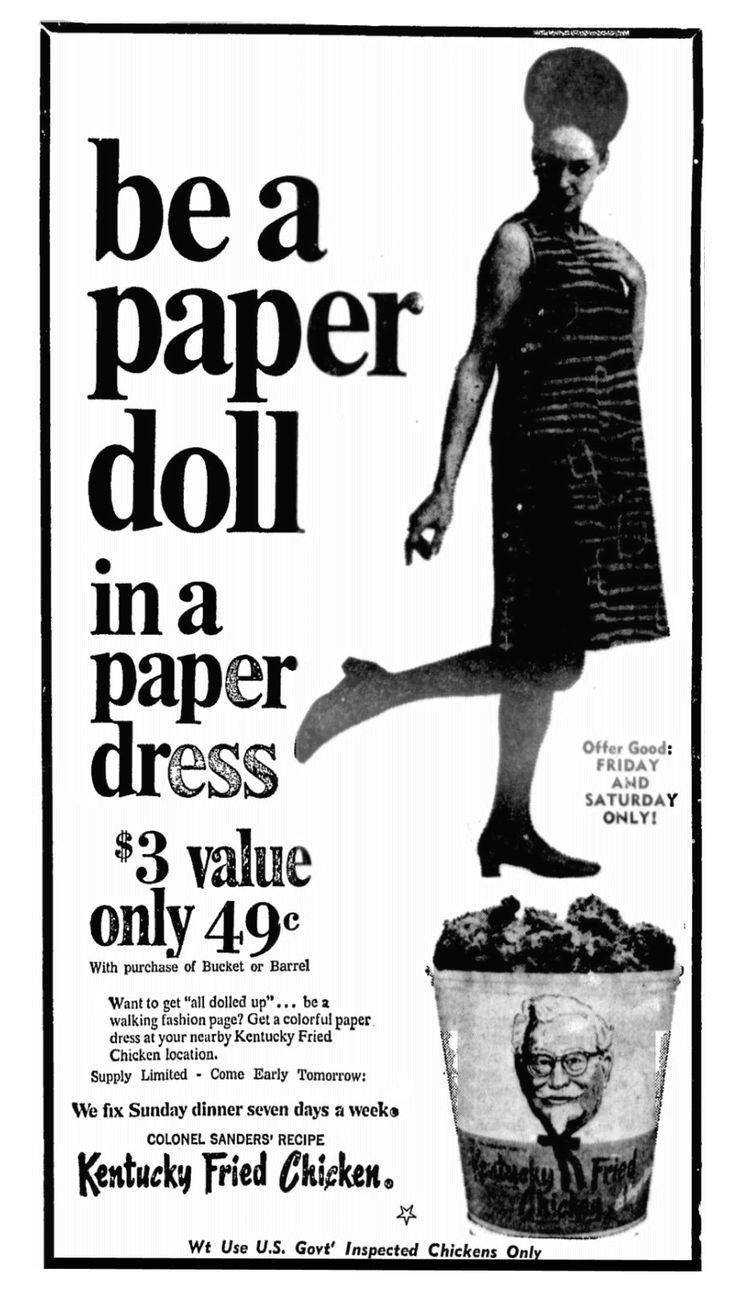
Leave A Comment